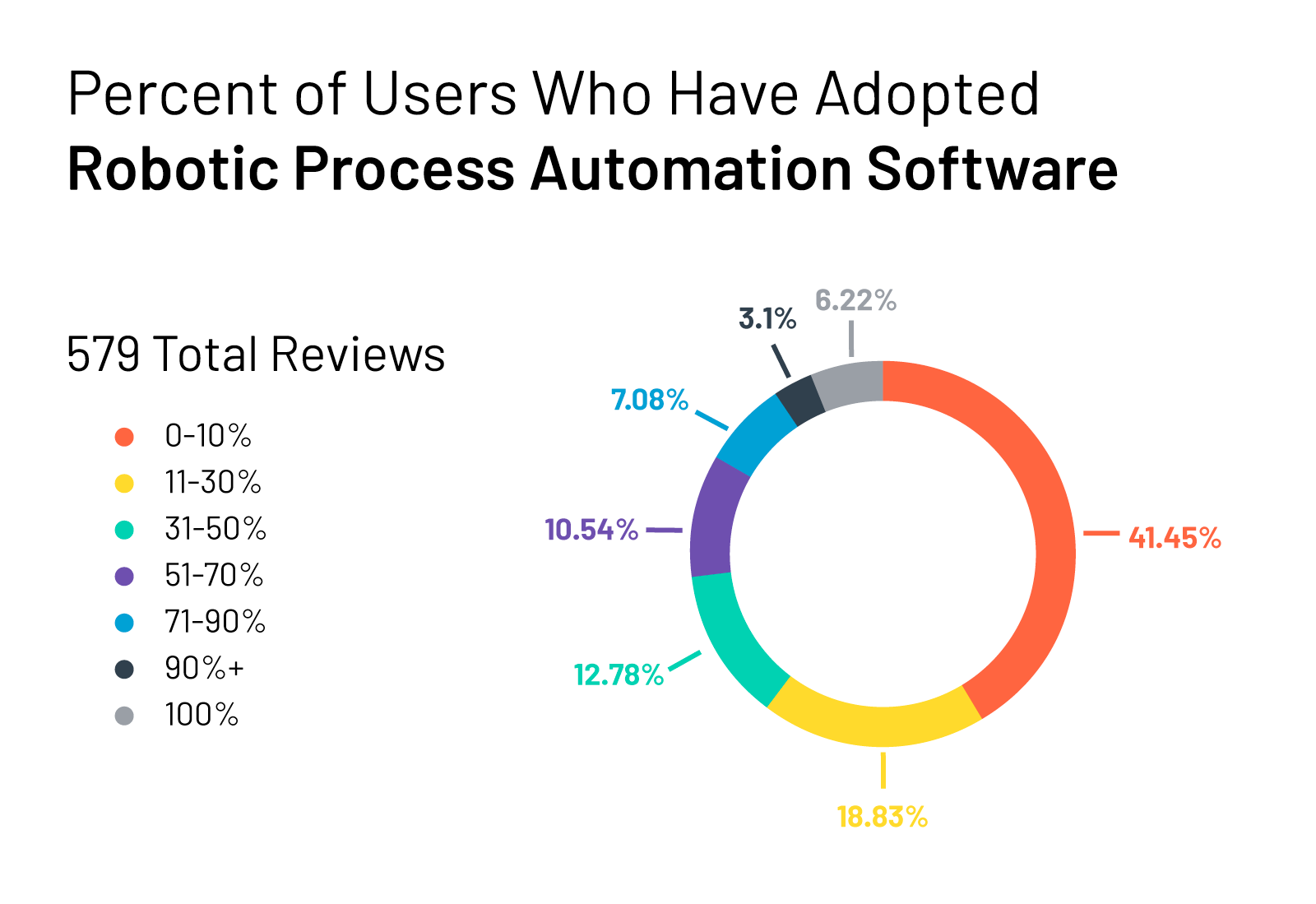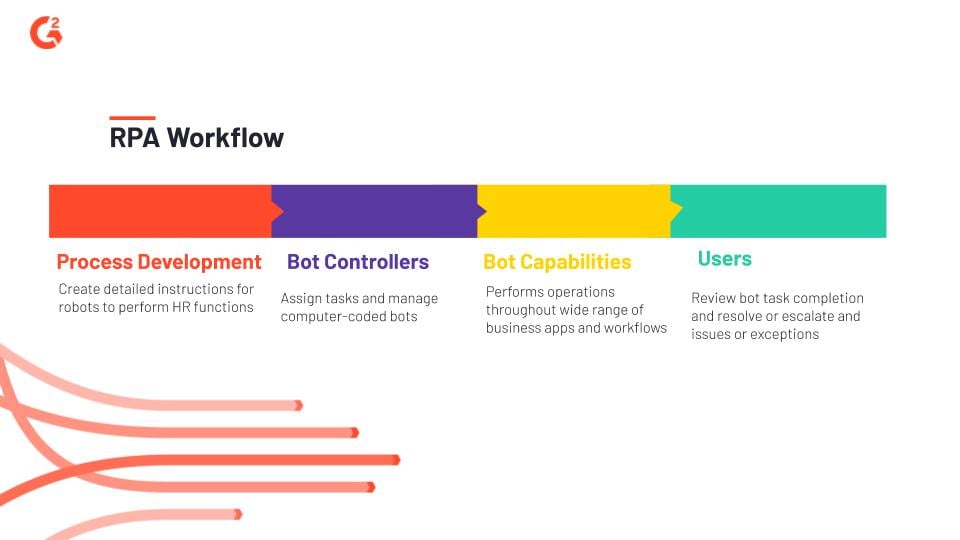To work in human resources is to be inundated with repetitive, time-intensive and error-sensitive tasks, day in and day out. Fortunately, it’s become easier to automate these tedious tasks and allow HR personnel to focus their time and energy on expanding their strategic and creative thinking.
But businesses don’t need to invest their resources in artificial intelligence or machine learning systems to automate HR. Digital transformation is impacting day-to-day business operations and the As-a-Service (aaS) model is providing businesses with solutions beyond software. New HR automation solutions are constantly advancing in areas like human capital management (HCM), talent management, and recruiting, and robotic process as a service (RPaaS) takes these solutions one step further.
OneSource Virtual (OSV), a global business process as a service (BPaaS) innovator and Workday partner, provides businesses with RPaaS solutions. OSV employs a BPaaS model to help Workday customers get the most out of their system. From helping Gogo reevaluate its HRIS to removing manual processes with accounts payable automation, OSV leverages both BPaaS and RPaaS to help their customers improve their HR functions and keep their companies thriving.
In partnership with the robotics process automation (RPA) platform Automation Anywhere, OSV has combined the need for automation and outsourcing within its RPaaS program. Where BPaaS provides computer-based business process outsourcing programs, RPaaS focus on the automation of repetitive tasks via robotic processes.
According to G2 data, total traffic to RPA software has increased 170% over the past six months, while total active buyers have increased nearly 40%. The growing popularity is no surprise as the RPA market is expected to reach almost $2.5 million by 2020. Although RPA is increasing in popularity and scope, G2 user reviews found a fairly low user adoption rate. Out of 579 reviews, 41.5% of RPA users have only experienced 0 to 10% RPA user adoption; just 6.2% of users noted experiencing 100% adoption. But if users aren’t fully adopting RPA programs, how can they experience all of the benefits? This is where RPaaS comes into play.

RPaaS works around the clock to increase efficiency, reduce risk and error, improve employee engagement, and increase production output of recurring tasks such as audits, legal consultations, and tax preparation. OSV provides mid-market companies with RPA solutions via a turnkey, preconfigured library of HCM and financial programs.
According to Anubhav Saxena, executive vice president of Automation Anywhere, “The new RPaaS solution from OSV designed for Workday ... meets a significant industry need in the mid-market to help customers improve productivity and end-user experience while lowering operating costs.”
Benefits of RPaaS:
- Improve financial and compliance-related accuracy and audit trails
- Increase efficiency for repetitive, process-driven tasks
- Empower employees to focus on more critical tasks
- Explore and test business scenarios
- Manage unexpected business situations, such as legal matters, industry compliance issues, and tax audits
As of July 2019, OSV is expected to roll out the first portion of 25 total RPaaS tasks, including:
- Payroll data validation: Year-end and W-2 audits
- Payroll employee timesheet activity notification: Digital assistants notify employees for submittal and supervisors for approval of timesheets
- Benefit enrollment: Digital worker process reports and benefit reminders
- 1099 scrub: Workday audits to avoid IRS penalties and fines
Want to learn more and contribute to the solution? OSV is taking the pulse of companies to learn what they want to get out of their digital workforces. Check out RPaaS to help determine the future of the technology by rating 10 categories of robotic processes on the benefits they could bring your organization.
.jpg)
According to a recent study by Softomotive, almost 50% of MSBs surveyed are investigating or have already demoed RPA solutions. Meanwhile, the other 50% have already implemented RPA throughout their businesses. For those businesses and HR personnel who have yet to reap the rewards of implementing an RPA program, let’s discuss how RPA paved the way for RPaaS.
What is RPA?
More and more companies and HR departments are turning to robotic process automation to automate tedious, repetitive, and time-consuming tasks. Digital robots can be programmed to complete complex, rule-based tasks such as data extraction, migration, and management. These solutions not only reduce costs, they streamline essential yet repetitive tasks that historically have been completed by employees. This could be particularly helpful in managing payroll, time tracking, and expense management data.

RPA bots can manage the data extraction, migration, auditing, and can generate reports allowing employees to spend their precious time analyzing and synthesizing the valuable data. Not only will companies benefit from empowering their employees to put their skills to use, they will likely increase employee engagement, as well due to an increase in employees fully realizing their strengths.
From recruitment to offboarding, RPA can help HR departments alleviate workloads so HR professionals can focus on the tasks that require the human touch.
Examples of RPA-automated HR tasks:
- Resume screening
- Offer letter management
- Employee onboarding and training
- Employee data and file maintenance
- Payroll processing
- Expense management
- Policies and procedures management
- Time and attendance
- Exit management and offboarding
- HR analytics
Gone are the days where enterprise-sized businesses were the only ones leveraging artificial intelligence workforce solutions. AI trends are experiencing a growth in small- to medium-sized businesses using RPA to save their employees time and ensure accuracy.
Benefits of RPA:
- Lower the cost of operations
- Lower the technical barrier for configuration
- Reduce errors
- Offer round-the-clock reliability and productivity
- Improve consistency
- Maintain regulatory compliance
- Improve employee engagement
- Deliver scalability
The cost of implementing an RPA solution depends on whether companies have the capacity to create the technology in-house or if they need to enlist an RPA vendor. If a business needs to hire a vendor, costs to consider include setup, as well as bot licensing, development, and maintenance expenses.
Although the benefits of automating repetitive, time-consuming tasks are clear, not all businesses and HR departments will have the in-house resources to set up or manage these programs. This is where partnerships with RPaaS solutions providers can be hugely beneficial. These computer-based business process outsourcing solutions digitally automate processes to improve operations.
This service typically combines a variety of others including platform as a service (PaaS), infrastructure as a service (IaaS), and IT as a service (ITaaS) to automate business processes. These solutions help businesses grow while reducing operational costs. So what if a business wants to outsource RPA… as a service? Well, providers like OSV can help you with that.
Check out HR trends for 2019 to learn more about how AI-driven technology innovations will enhance the entire employee lifecycle from recruiting through offboarding.
Vous voulez en savoir plus sur Logiciel de gestion des processus métier ? Découvrez les produits Gestion des processus métier.

Courtney Moran
Courtney is a former G2 senior research analyst for HR technologies, whose coverage areas include recruiting, employee engagement, and talent management. Her comprehensive research on employee engagement and HR trends has been quoted in TechRepublic, among other publications.
